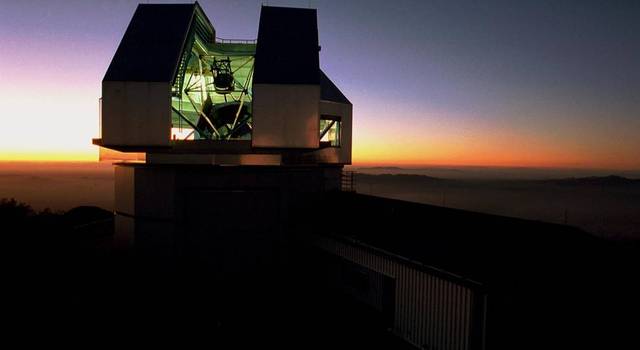NASA is building a new planet-hunting instrument
NASA is on a mission to find out what’s going on beyond our solar system. The agency has selected a team to build a new instrument capable of detecting planets outside of out solar system, called exoplanets.
The instrument, which has been named NEID (short for NN-EXPLORE Exoplanet Investigations with Doppler Spectroscopy) will measure the tiny “wobbling” of stars caused by the gravitational tug of a planet in orbit around it. The wobble will tells scientists if there is a planet orbiting the star, and the size of the wobble will tell them just how massive the planet is.

The instrument will be built by a Pennsylvania State University research group led by Dr. Suvrath Mahadevan and is expected to be completed by 2019, then installed on the 3.5-meter WIYN telescope at the Kitt Peak National Observatory in Arizona.
With the tool, astronomers will be able to search out and study new planets and planetary systems, as well as follow-up the discoveries of NASA’s planet-hunting missions Kepler/K2 and the in-development Transiting Exoplanet Survey Satellite (TESS). NEID will also help identify targets for future observations with the James Webb Space Telescope and the Wide-Field Infrared Survey Telescope.
“The NEID instrument is a critical part of NASA’s partnership with NSF; this state-of-art precision instrument will enable the community to search for new worlds using the WIYN Telescope,” said Paul Hertz, NASA Astrophysics Division Director in Headquarters, Washington. “We look forward to many new discoveries that can then be further explored using NASA’s space telescopes.”
NEID was one of two concepts for an extreme precision Doppler spectrometer that were selected for a detailed six-month study by NASA in June 2015.
The instrument gets its name NEID from a word meaning “to discover/visualize” in the native language of the Tohono O’odham, on whose land Kitt Peak National Observatory is located.

Comments are closed, but trackbacks and pingbacks are open.